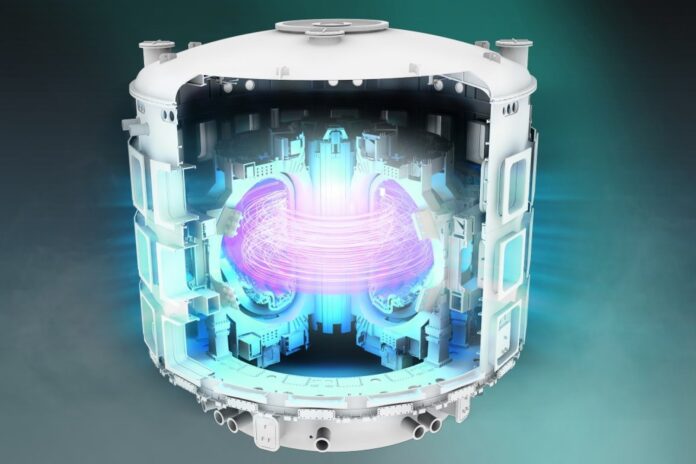Introduction to Fusion Energy
Creating and sustaining fusion reactions, which involves recreating star-like conditions on Earth, is an extremely challenging task. Nathan Howard, a principal research scientist at the MIT Plasma Science and Fusion Center, finds this challenge fascinating. He believes that the science and promise of fusion as a clean energy source are really interesting, which motivated him to work at the PSFC.
The Science Behind Fusion
Howard is a member of the Magnetic Fusion Experiments Integrated Modeling group at the PSFC. Along with his team, he uses simulations and machine learning to predict how plasma will behave in a fusion device. The goal of this research is to forecast the performance of a given technology or configuration before it’s tested in an actual fusion environment, allowing for smarter design choices. To ensure the accuracy of their models, the team continuously validates them using data from previous experiments.
The ITER Project
The world’s largest experimental fusion device, ITER, is currently under construction in Southern France. Howard recently published a paper in which he used high-resolution simulations to confirm that ITER will perform as expected when switched on. He also demonstrated that a different operating setup could produce nearly the same amount of energy output with less energy input, which could positively affect the efficiency of fusion devices in general.
The ITER Baseline Scenario
The ITER baseline scenario is the plasma setup designed to achieve the project’s ambitious goals. The scenario involves creating a plasma that can generate 10 times more energy than it absorbs from external heating. Howard used a computer code called CGYRO to simulate the behavior of plasma in ITER. CGYRO applies a complex plasma physics model to a set of defined fusion operating conditions, generating very detailed simulations of how plasma behaves at different locations within a fusion device.
Simulating Plasma Behavior
The comprehensive CGYRO simulations were then run through the PORTALS framework, a collection of tools developed at MIT. PORTALS uses machine learning to build a quick model that can mimic the results of the more complex CGYRO runs, but much faster. This allows the team to explore different combinations of inputs and their effects on ITER’s predicted performance.
Results and Implications
Howard’s work confirmed that the current baseline scenario configuration could achieve 10 times more power output than input into the plasma. He also found that an alternate scenario could produce almost the same amount of energy with about half the input power. This discovery could positively affect the efficiency of fusion devices in general. The results also suggest that there may be other ways to improve ITER’s performance that haven’t been discovered yet.
Conclusion
Howard’s research is an exciting example of how simulations and machine learning can be used to influence the planning of experiments like ITER. The fact that his team can use the results of their modeling to improve the performance of fusion devices is a significant step forward in the development of fusion energy. As Howard reflects, "The fact that we can use the results of this modeling to influence the planning of experiments like ITER is exciting… it’s an amazing arc, and really fulfilling." The potential for fusion energy to provide a clean and sustainable source of power makes this research an important and fascinating field of study.

